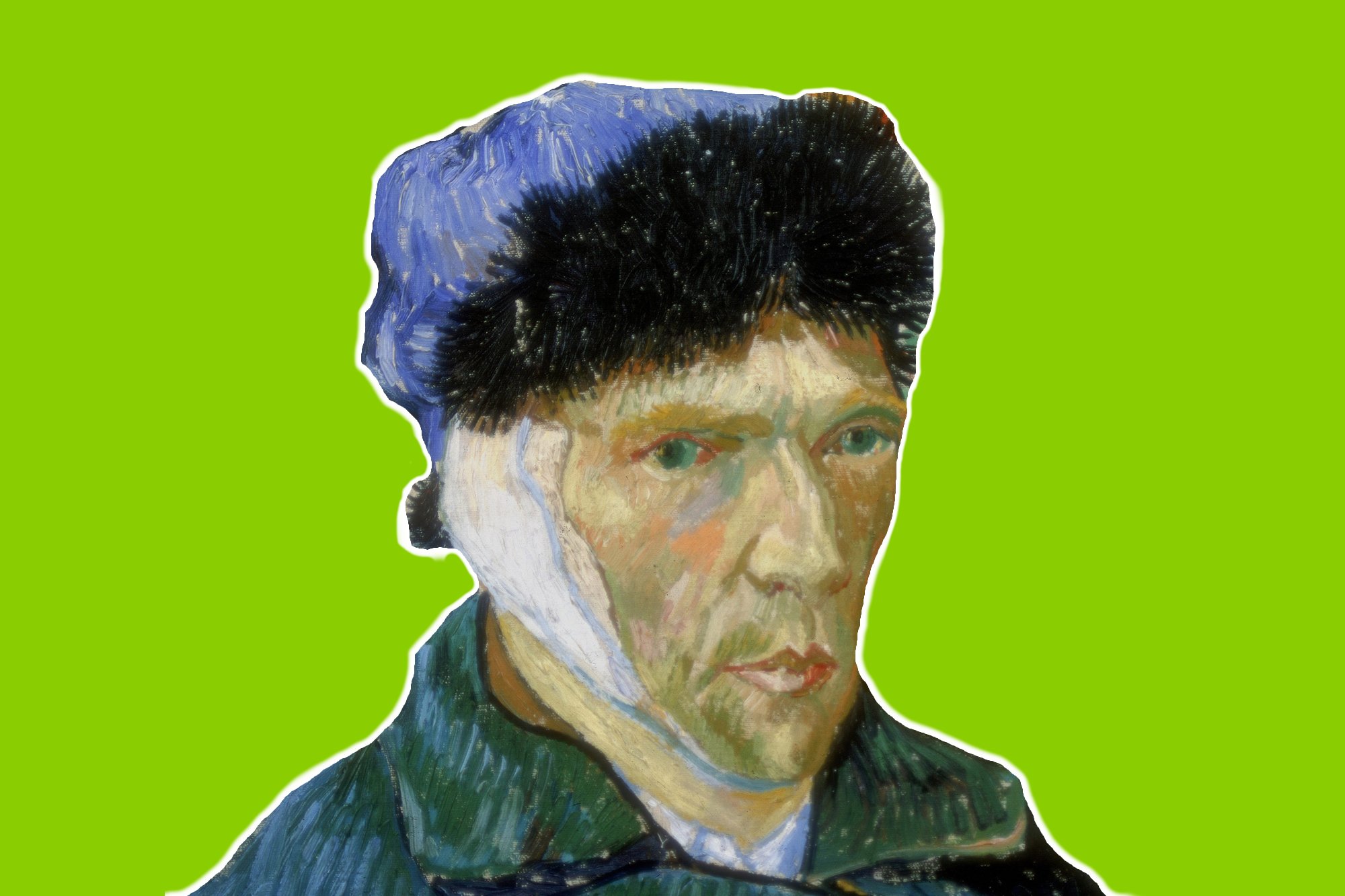
Although initially meaning “a child, esp one who is ill-mannered or unruly,” the term “brat” took on whole new vibe this summer, thanks to Charli XCX’s sixth studio album. Brat’s new definition refers to a “a confident, independent, and hedonistic attitude” and it was the theme of the July and August 2024.
This week it has been announced that “brat” is Collins Dictionary’s Word of the Year, joining recent winners like “fake news” (2017), “binge-watch” (2015), and “A.I.” (2023). Other contenders for the Collins Word of the Year this year included “brainrot” (“an inability to think clearly caused by excessive consumption of low-quality online content”—we’ve all been there), and “yapping” (previously mostly referring to the noise of a small dog but now—thanks to the internet—being used widely to mean “talking at length, esp about inconsequential matters”).
But being brat is by no means a modern phenomena. If we think about “brat” as confident, unapologetic, slightly chaotic, and vivacious people (typically women) grabbing life by the horns, then art history is full of them.
Charli XCX at the 2024 LACMA Art+Film Gala at the Los Angeles County Museum of Art on November 2, 2024 in Los Angeles, California. Photo: Gilbert Flores/Variety via Getty Images.
Charli XCX described what it meant to be brat in a TikTok video: “You’re just like that girl who is a little messy and likes to party and maybe says some dumb things sometimes. Who feels herself but maybe also has a breakdown. But kind of, like, parties through it. Is very honest, very blunt, a little bit volatile. Like, does dumb things. But it’s brat. You’re brat. That’s brat”. In an interview with Nick Grimshaw in June, the singer said that “a pack of cigs and a Bic lighter” and a “strappy white top with no bra” were “all you need” to be brat, although mentioning that speedboats were also definitely brat.
Although XCX declared that ‘brat summer’ was over on September 2, she wished fans a “happy brat autumn” at her listening-party for the brat remix album “brat and it’s completely different but also still brat” at the Storm King Arts Centre on October 10. Long live brat.
We’ve taken a look through our art history books to find the artworks that scream “brat” the loudest from the past 200 years.
Vincent van Gogh, Head of a Skeleton with a Burning Cigarette (1886)
Vincent van Gogh, Head of a Skeleton with a Burning Cigarette (1886). Photo: VCG Wilson / Corbis via Getty Images.
Made while studying in Antwerp at Belgium’s Royal Academy of Fine Arts, van Gogh’s Skeleton with a Burning Cigarette is giving “death wish” chic. The painting is thought to have been designed as a tongue-in-cheek jab at the traditional academic training van Gogh experienced in Belgium, which involved anatomical studies with skeletons which the artist found painfully dull. This skeleton embodies (pun intended) the existential brat ethos that although it may feel like we’re all speeding towards death, at least we’re going to have a good time along the way.
Francisco Goya, The Nude Maja (ca. 1797–1800)
Francisco Goya, The Nude Maja (c. 1797–1800). Courtesy of Collection of Museo Nacional del Prado.
Goya’s subject is a ‘maja,’ a lower-class woman from Spain, known for her extravagant outfits (here not so much obviously) and their fiery attitude. Her direct gaze is confident and unashamed, and her defiantly cool pose is how we all wanted to spend the majority of our brat girl summer. This depiction of intimate bodily hair is thought to be one of the first in the Western world to not hold negative connotations, so even though it was originally commissioned for the private collection of a Spanish Secretary of State, we still reckon there’s empowerment in that.
Otto Dix, Portrait of the journalist Sylvia von Harden (1926)
Otto Dix, Portrait of the journalist Sylvia von Harden (1926). Courtesy of Centre Georges Pompidou.
Showing the poet and journalist Sylvia von Harden as the epitome of the New Woman, a concept emerging at the turn of the 20th-century as modern women enjoyed newfound liberties in the worlds of work, travel, leisure, and pleasure. Despite the classiness of von Harden’s neatly laid out matches and glamorous cocktail, her slipping stocking hints at that lowkey chaos ever-present in any true brat’s life. According to von Harden, Dix approached her on the street, begging “I must paint you! I simply must! You are representative of an entire epoch!” and what has “brat” been if not epoch-defining?
Tracey Emin, My Bed (1998)
Tracey Emin at her exhibition “Tracey Emin ‘My Bed’/JMW Turner” at Turner Contemporary, Margate. Photo: Stephen White, courtesy Turner Contemporary.
Emin’s My Bed (1998) caused outrage: the artist’s bed, surrounded by detritus including cigarettes, empty bottles, and used underwear, were being presented as “art” and not everyone was thrilled about it. Emin came up with the concept during a bout of serious depression which saw the artist rarely leave her bed. We think My Bed perfectly encapsulates Charli XCX’s woman who “feels herself but maybe also has a breakdown.”
Tamara de Lempicka, Young Woman in Green (1927–30)
Tamara de Lempicka, Young Woman in Green (1927–30). © 2023 Tamara de Lempicka Estate, LLC / ADAGP, Paris / ARS, NY.
“Brat green” (hex #8ACE00) was everywhere this summer and de Lempicka’s Young Woman would surely rock it. De Lempicka, an independent go-getter who wasn’t afraid to make romantic alliances based on how they’d benefit her finances and who made a name for herself in the hedonistic Parisian social scene seems to be what brat is all about. Her Art Deco portraits of modern women were a hit, particularly her 1929 self-portrait in a green Bugatti. De Lempicka, it turned out, never owned a green Bugatti and instead drove around in a yellow Renault. But, isn’t being a bit “delulu” (an alteration of “delusional” and another name in the ring for Collins Dictionary WOTY) a core part of brat culture?